Quad skates are generally better for beginners because they offer more stability and are easier to balance on. Their square wheel setup provides a solid base, making it less intimidating to start skating. Plus, the front toe stop makes stopping feel natural. Inline skates, with their single-row wheel design, require more balance and coordination, which can be tricky for new skaters. However, they’re great for outdoor use and speed once you get the hang of them.
Key Takeaways:
- Quad Skates: Easier to balance, better for indoor use, simpler braking with a toe stop.
- Inline Skates: Require more balance, better for outdoor terrain, faster once mastered.
If you’re just starting out and want a smoother learning experience, quad skates are the way to go. But if you’re aiming for speed and outdoor adventures, inline skates might be worth the challenge.
Should I Buy Quad Skates or Inlines? (Roller Skates vs Rollerblades For Beginners)
Stability and Balance: Which Type Keeps You Upright Better?
When you're starting out, staying upright is priority number one. And a lot of that comes down to how the skates are designed - especially the wheel arrangement.
Wheel Layout: Square vs. Single Row
Quad skates have a rectangular wheel setup - two wheels in the front and two in the back. This design spreads out the base, making it easier to balance, particularly when you're standing still or gliding at a slow pace. Inline skates, on the other hand, arrange their wheels in a single row, which narrows the contact with the ground. This makes them a bit trickier to balance on, especially for beginners. But stability isn’t just about the wheels; the boot design plays a big role too.
Boot Support and Design Differences
Quad skates often come with high-top boots, which provide extra ankle support - something beginners will definitely appreciate. These skates also feature wider wheels and flexible nylon plates, which are perfect for those just getting the hang of things. For skaters looking for more control, aluminum plates are an option too. Popular beginner-friendly models include the Moxi Rainbow Rider (priced between $89.00 and $109.00) and the Riedell Orbit ($119.00), both offering a great mix of comfort and support.
In short, quad skates give you a more stable and forgiving platform to learn on, while inline skates require sharper balance skills right from the get-go.
Learning Speed: How Fast Can Beginners Get Started?
How quickly you pick up skating often depends on the type of skates you choose. Quad skates provide a stable, forgiving platform, while inline skates demand sharper balance and coordination right from the start.
Basic Skills: Standing, Moving, and Stopping
Getting the hang of standing and moving tends to be simpler with quad skates. Thanks to their two-by-two wheel setup, they offer a sturdy base that helps beginners feel more secure. This stability allows new skaters to focus on building confidence and muscle memory without worrying too much about balance.
"Quad skates are generally considered easier to learn for beginners. They provide more stability and balance because of their wider wheelbase. They also have a toe stop, which allows beginners to stop easily." - themagictoyshop.co.uk
Inline skates, on the other hand, line their wheels up in a single row. This design demands better balance right from the start, which can make the learning curve steeper. But once you’ve got the basics down, many find their skills progress quickly with inlines.
Stopping techniques also play a big role in how fast beginners get comfortable. Quad skates come with toe stops - just lean forward and lift your heel to engage the stopper. This method feels pretty natural for most people. Inline skates, however, typically have a heel brake on one skate. To use it, you’ll need to push that skate forward and lift your toes. This technique can take a bit more practice to master.
Next, let’s look at common balance issues and the safety features that can make learning smoother.
Common Beginner Problems and Safety Features
Balance is often the trickiest part for new skaters. Quad skates, with their wider wheelbase, give you more leeway when you wobble, making it easier to stay upright during those early practice sessions. Inline skates, with their narrow wheel alignment, tend to amplify even small balance mistakes, which can be frustrating at first.
Quad skates also reduce the fear of falling. Their stable design and easy-to-use braking system let beginners practice stops with confidence. Some models, like Snowfeet*, are designed to help new skaters build skills more quickly compared to many inline options. Inline skates, with their more complex heel brake, can make stopping feel like a challenge until you’ve put in some practice.
Another difference lies in ankle support. Inline skates typically have a rigid cuff that provides strong ankle support, which can be helpful for balance but restricts natural movement. Quad skates, on the other hand, offer lighter ankle support, encouraging a natural range of motion and helping you strengthen stabilizing muscles over time.
Each type of skate has its own learning curve, but understanding these differences can help you choose the one that fits your goals and comfort level.
Turning and Movement: How Each Type Handles Different Activities
When it comes to turning and overall movement, quad skates and inline skates bring very different experiences to the table. These differences can have a big impact on your control, comfort, and the type of skating you enjoy most.
Quad skates shine when it comes to agility and quick direction changes. Thanks to their square, four-wheel setup, they offer excellent control for tight turns and creative moves. As Maëliss Conan, a four-time World Champion in Inline Jump, puts it:
"Inline skates allow for easier acceleration, while quad skates are more responsive and maneuverable".
The shorter wheelbase and smaller wheels on quads make them perfect for artistic skating and sports like rink hockey, where precision is key .
Inline skates, on the other hand, are built for speed and smooth forward motion. Their single-line wheel design isn’t as nimble as quads, but they make up for it with the ability to maintain speed and handle long distances with ease. Let’s take a closer look at how these differences translate into real-world performance.
Side-by-Side Comparison: Key Performance Differences
Here’s a quick breakdown of how quad skates and inline skates compare across several performance areas:
| Performance Area | Quad Skates | Inline Skates |
|---|---|---|
| Turning Ability | Great for tight turns and spins | Better for gradual turns at higher speeds |
| Lateral Stability | Stable sideways, reducing risk of falls | Less stable sideways, higher fall risk |
| Forward/Backward Balance | Shorter wheelbase increases backward fall risk | More stable for forward/backward balance |
| Indoor Performance | Excellent for smooth rinks and dance moves | Good, but quads are often preferred indoors |
| Outdoor Rough Surfaces | Struggles with rough surfaces | Handles bumps and cracks much better |
| Precision Movements | Ideal for artistic and detailed maneuvers | Less precise but optimized for speed |
Inline skates also require more leg strength and can put extra strain on your knees, which might limit how long you can comfortably skate, especially if you’re just starting out.
Best Uses for Each Skate Type
So, where do these skates really shine? It all comes down to the environment and the type of skating you want to do.
Quad skates are a dream for smooth, controlled surfaces like indoor rinks. They’re fantastic for beginners interested in skate dancing, artistic moves, or roller derby. Their grip and agility make them perfect for creative skating styles.
But outdoor skating? That’s where quads face challenges. As SkatefreshAsha points out:
"Skating outdoors on roller skates is much more challenging than on inlines as the roughness of most outdoors surfaces will slow down and trip up a roller skater more easily than an inline skater".
For beginners, street skating in quads is not recommended. SkatefreshAsha advises:
"Street skating in quads is a huge challenge and should be avoided unless you have very good acceleration and stopping skills, so for intermediates and above only".
Inline skates, however, are the go-to choice for outdoor adventures. Whether it’s bike paths, streets, or parks, their larger wheels (usually 3.5-4.3 inches in diameter) provide a smoother ride over rough terrain and better speed. They’re perfect for fitness skating, recreational cruising, or exploring new environments.
One more thing to consider is ankle support. Inline skates come with rigid cuffs that provide strong support, which is great for maintaining balance on uneven terrain. Quad skates, with their lighter ankle support, encourage a more natural range of motion, making them ideal for predictable indoor surfaces.
If you’re a beginner, think about where you’ll be skating the most. If you’re sticking to indoor rinks, quads will give you the precision and control you need. But if outdoor adventures are calling your name, inline skates are the way to go for a smoother, more practical ride.
sbb-itb-17ade95
Comfort and Fit: What Feels Better for New Skaters
When you're just starting out, comfort and fit can make or break your skating experience. Getting these right ensures you stay comfortable, even during longer sessions.
Boot Construction and Padding for Comfort
Inline skates are designed with a rigid or semi-rigid cuff to provide solid ankle support. While this helps with stability, it can sometimes feel a bit restrictive. On the other hand, quad skates offer a wider wheelbase, giving you natural lateral stability and lighter ankle support. Recreational quad skates focus on keeping things stable and comfy, but if you're looking at artistic or roller derby skates, you'll notice variations in boot height. These tweaks either boost ankle support or allow for more freedom of movement.
Inline skates also cater to different needs. Speed skates, for example, keep padding to a minimum to prioritize performance. Meanwhile, marathon inline skates are built for endurance, featuring high cuffs and extra padding to keep your feet happy during long-distance sessions. Both types typically include soft liners and adjust the boot's stiffness to balance support with flexibility .
But comfort isn’t just about padding - it’s also about finding the right size.
Getting the Right Size and Adjustable Options
A good fit is just as important as the boot design. Whether you're choosing quad or inline skates, they should fit snugly - not too tight, but secure. When you're standing upright, your toes should lightly touch the front of the boot. For beginners, a high cuff combined with soft liners is a winning combo, offering both comfort and control while you’re mastering the basics.
Buying Guide: Choosing the Right Skates for Your Situation
If you're just starting out and looking for affordable skates in the U.S., here are a couple of solid options to consider:
- Quad skates for beginners: Check out the Chaya Deluxe Rollerskates – Ruby. They're a great pick for those new to skating.
- Inline skates for beginners: The Powerslide Zoom Black 80 Skates and Oxelo Fit 3 Men's Roller Skating Shoes are excellent choices for beginner to intermediate skaters.
Prefer shopping in person? Local skate shops are a fantastic resource. Stores like Roller Kingdom in Tyngsboro or Hudson offer a variety of quad and inline skates. Plus, their knowledgeable staff can guide you through finding the right pair.
These suggestions should help you kick off your skating journey with confidence!
Final Decision: Which Skates Work Better for Beginners
If you're just starting out, quad skates are the go-to option. Their wider wheelbase provides much-needed stability, making them feel less "wobbly" when you're standing still. This can take a lot of the fear out of those first practice sessions.
Another big plus for quad skates is the toe stop. This front-mounted brake gives beginners a simple and reliable way to stop, which is a huge confidence booster when you're learning to move safely.
Inline skates, on the other hand, come with a steeper learning curve. While their high cuffs do offer solid ankle support, the overall design requires better balance and can lead to more tumbles early on. For someone just starting out, this can feel pretty daunting.
In short, quad skates are more forgiving and beginner-friendly. Their stable design helps new skaters feel secure and build confidence during those all-important first weeks.
FAQs
Are quad skates easier for beginners to learn than inline skates?
Quad skates are a popular choice for beginners, thanks to their wider base and solid side-to-side stability. This design makes it easier for new skaters to feel balanced and steady on their feet. On the other hand, inline skates feature a single row of wheels, which demands more balance and coordination - making them a bit trickier to get the hang of at first.
If you're new to skating, quad skates can make the learning process smoother and less intimidating. But as your skills improve and your confidence grows, inline skates might become the better option. They’re built for speed and offer greater maneuverability, which can take your skating to the next level.
Which is better for beginners: quad skates or inline skates in terms of ankle support and comfort?
For those just starting out, quad skates tend to be a solid choice because they offer better ankle support. Thanks to their wider base and four-wheel setup, they feel more stable, which can make a big difference when you're finding your footing. This extra stability takes some of the pressure off your ankles, making the whole learning experience easier and more comfortable.
Now, inline skates are a different story. They're built for speed and sharp turns, which is awesome once you’ve got the hang of skating. But for beginners, they can feel a bit trickier since they demand more balance and stronger ankles. So, if you're just getting started and want to feel steady and confident, quad skates are usually your best bet.
Are quad skates or inline skates better for outdoor use, and what challenges do beginners face with each?
Inline skates are a great pick for outdoor adventures. They’re faster and handle different surfaces like sidewalks and paved trails with ease. Quad skates, meanwhile, are known for their stability and beginner-friendly design, making them ideal for smooth indoor spaces like rinks.
If you’re new to skating, inline skates might feel a bit tricky at first because of their single row of wheels. On the flip side, quad skates can struggle on bumpy or uneven outdoor surfaces. So, think about where you’ll be skating most - indoors or outdoors - and go with the option that fits your comfort and environment best.







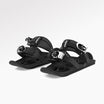
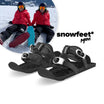
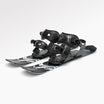
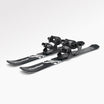

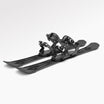

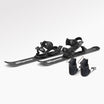






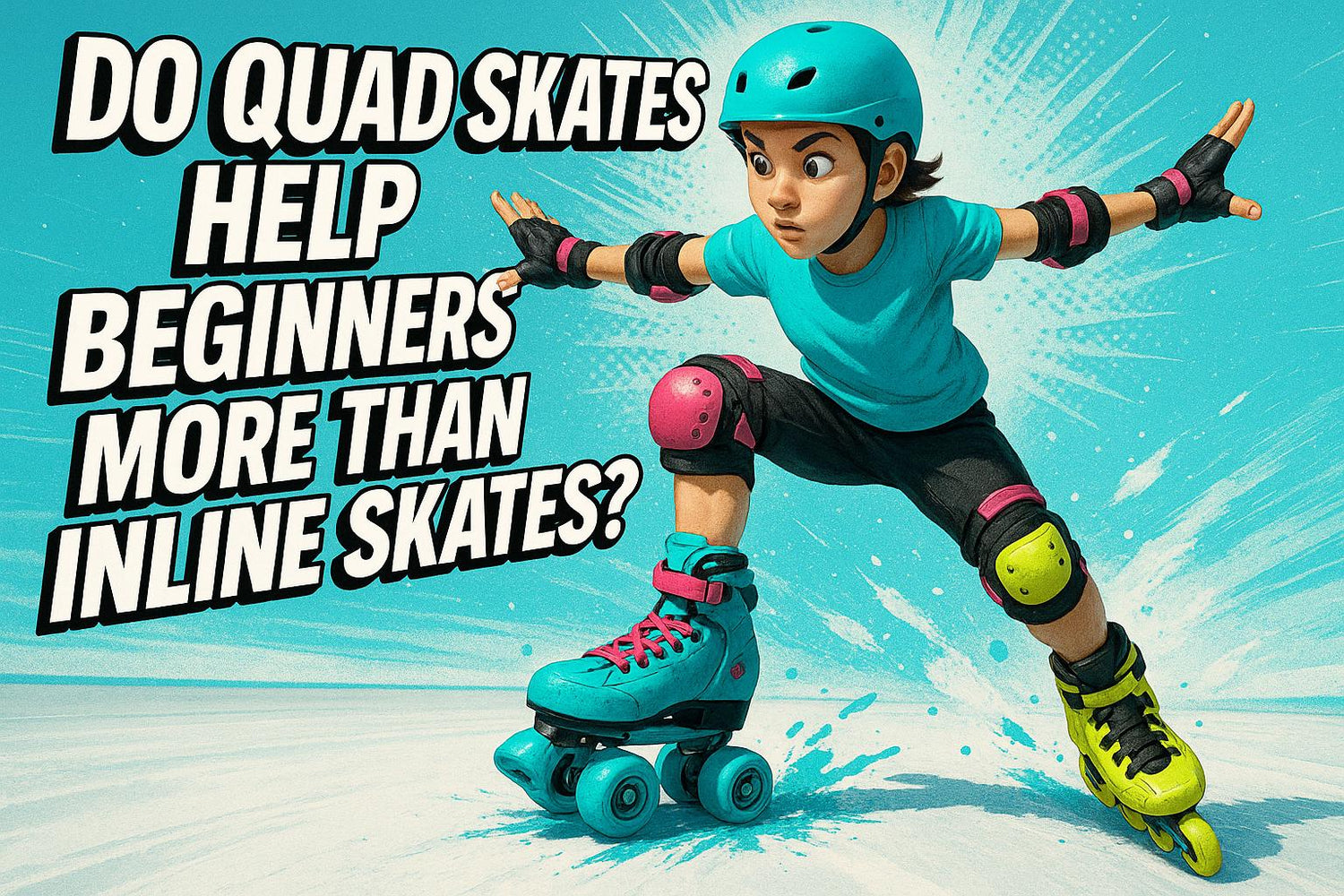






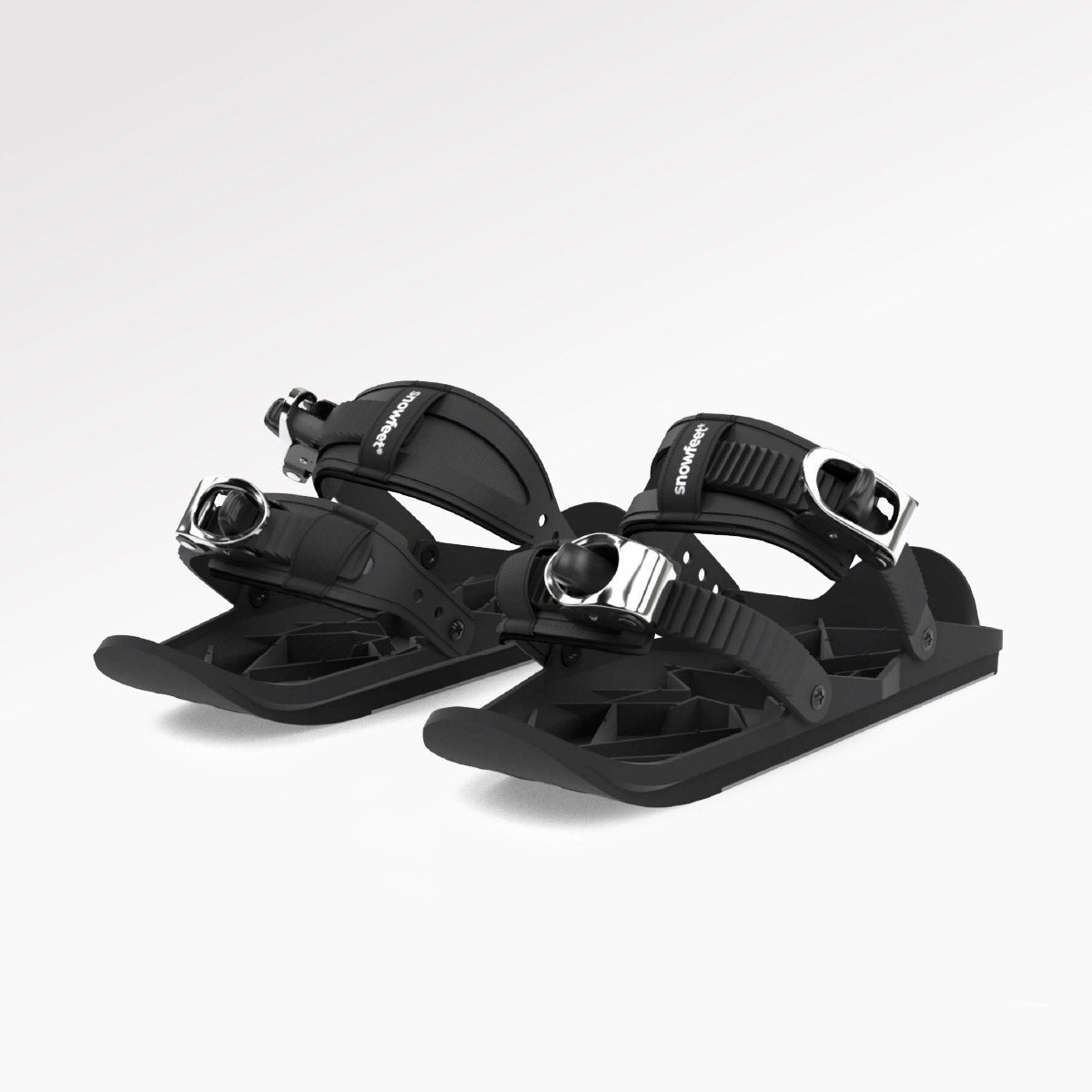

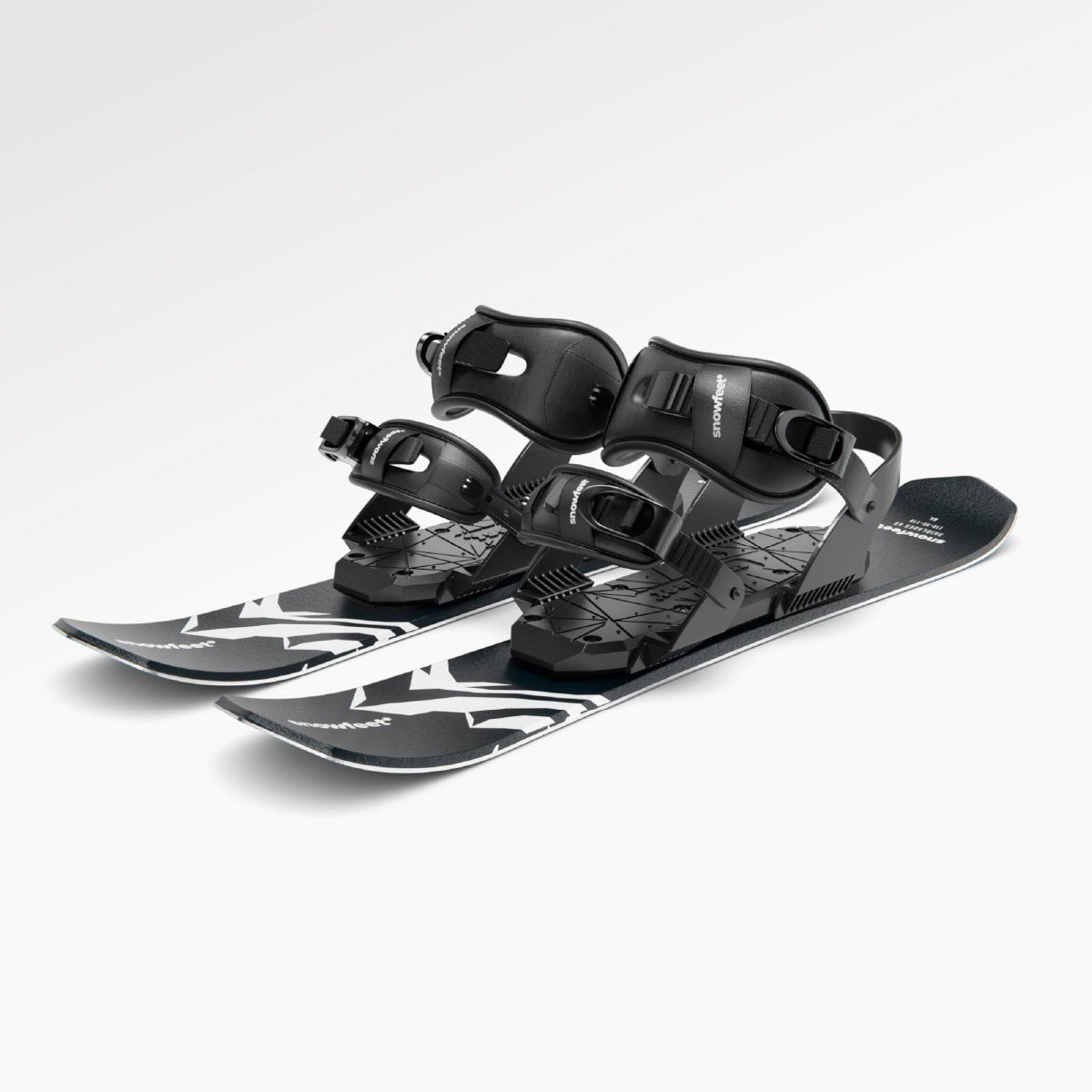

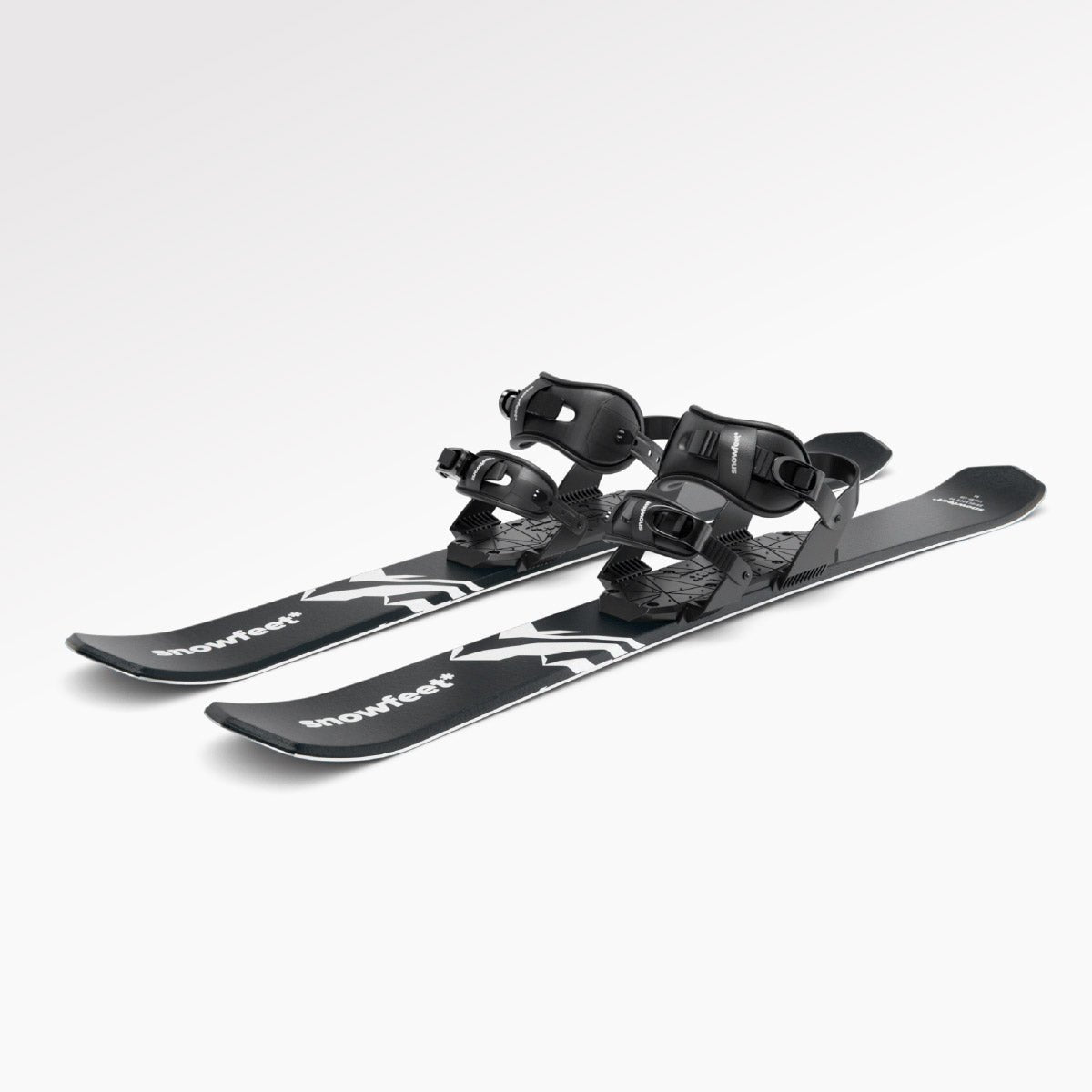

Lasă un comentariu
Acest site este protejat de hCaptcha și hCaptcha. Se aplică Politica de confidențialitate și Condițiile de furnizare a serviciului.